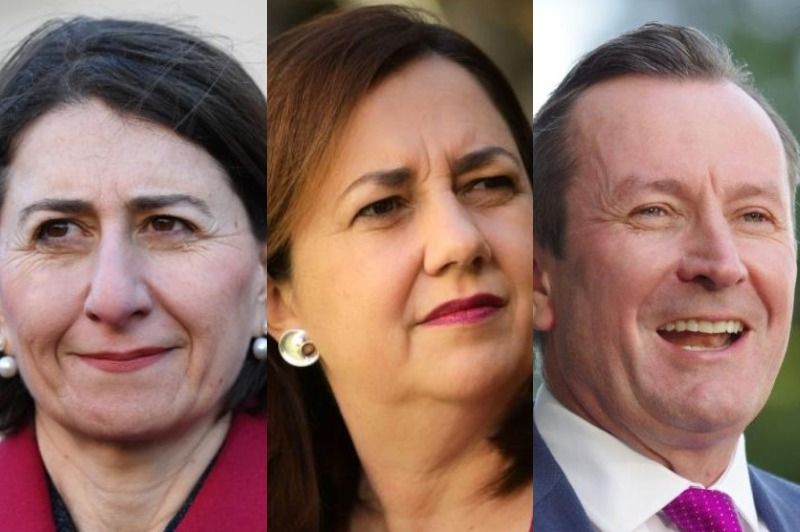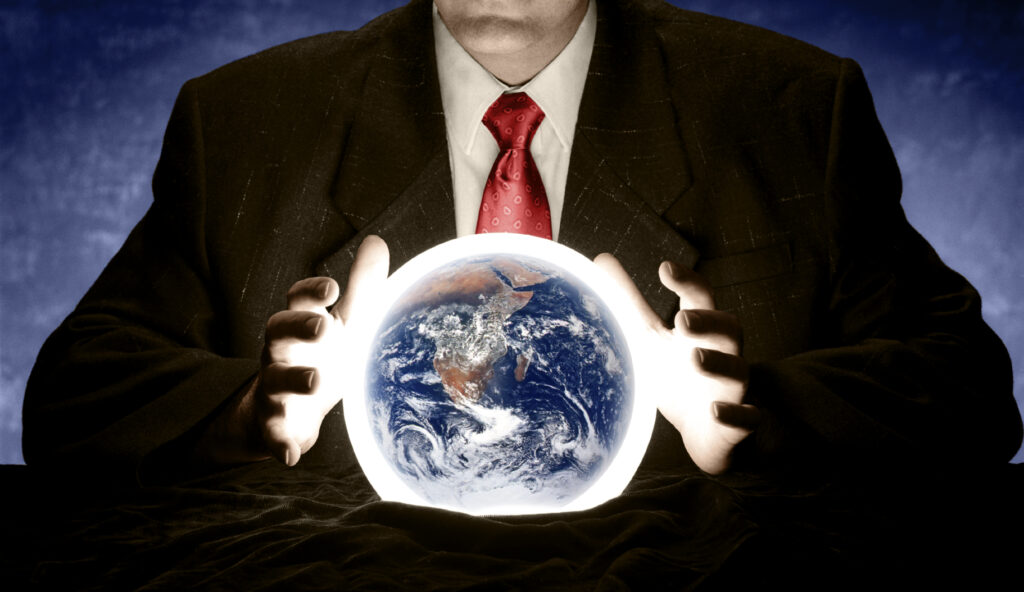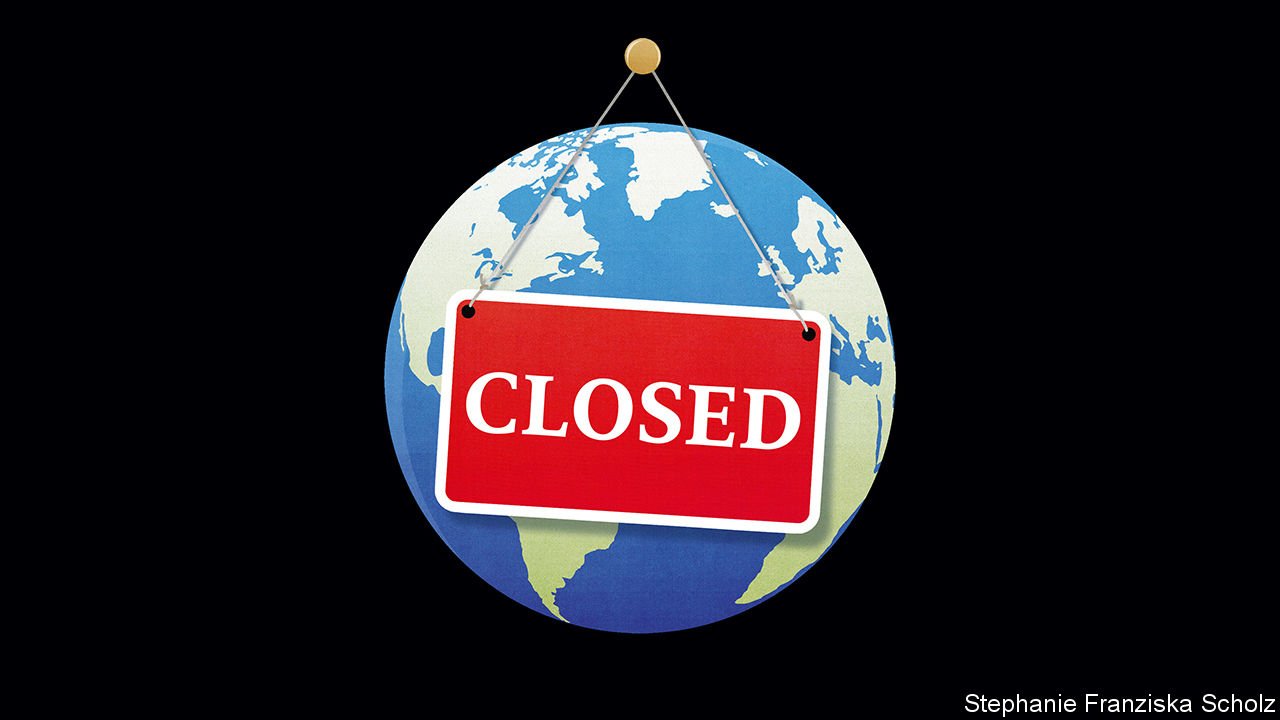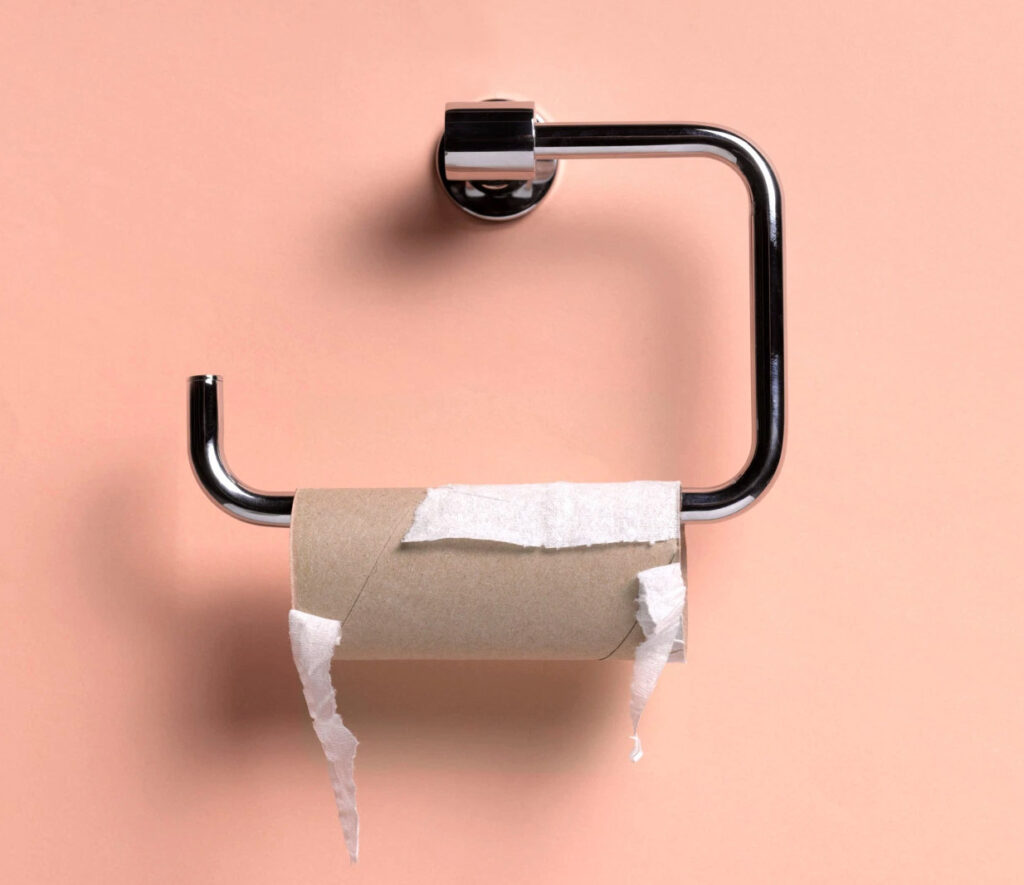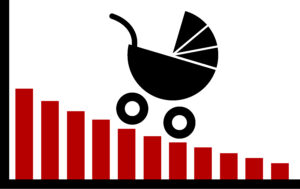
DEFICIT SPENDING ON A GIGANTIC SCALE
The economic damage caused by the coronavirus is mounting across the globe. In a frantic scramble to cushion economies, governments launched massive stimulus programs. These unprecedented fiscal and monetary interventions come with a staggering price tag. Sovereign debt is set to soar with governments around the world embarking on one of the greatest peacetime borrowing binges in history.
Most governments run annual deficits as they spend more than they collect. Few have spare surplus funds sitting around that can be redirected to support struggling households and businesses. So, countries are piling on more debt to fund emergency spending to help citizens cope with the economic ravages of the pandemic. Many people understandably worry whether the world can afford this avalanche of new borrowing.
The good news is that debt is incredibly cheap at the moment. Prior to the pandemic, the world was awash with savings which pushed interest rates very low. As global interest rates are now even lower, it has never been cheaper for governments to borrow. Governments are collectively borrowing trillions of dollars to enable them to spend trillions of dollars in a synchronised shock-and-awe response to the pandemic.
A classic way for nations to “print” emergency money is to borrow it by selling government bonds. This increases national public debt and is how governments have historically dealt with economic shocks such as recessions, financial dislocations and wars. During such crises, investors prefer the safety of government bonds in lieu of putting their money into the stock market, corporate bonds or real estate.
In Australia, the federal government is expected to fork out in excess of $200 billion to keep the economy afloat during the pandemic-induced downturn. The first federal response cost $17 billion, the second round cost an additional $66 billion and the third cash splash rang the bell at $130* billion. All up, Australia’s coronavirus stimulus packages are equivalent to nearly 10 per cent of the size of our economy.
As explained by ABC business reporter, Gareth Hutchens:
Essentially, the Government will pay for the stimulus package by creating the money and racking it up as debt. Officially, it will raise the money via the Australian Office of Financial Management (AOFM), which borrows money on behalf of the Government by selling Australian Government bonds.
Institutional investors (e.g. local and overseas banks, superfunds and foreign countries) will be buyers of the bonds. However, as noted by Gareth Hutchens:
The ultimate buyer of the Government bonds could be the Reserve Bank, because at the moment, the RBA is stepping into the market regularly to purchase as many Australian Government bonds as necessary to keep the interest rate, the “yield”, on three-year Government bonds around 0.25 per cent.
The yield on Australian government bonds is the interest rate we pay on our nation’s debt. Given that the current rate of inflation in Australia is around 1.8 per cent and is expected to decline further, we are effectively borrowing for free. This is good news for Australia, yet many Aussies are fearful of our level of sovereign debt.
A recently released paper by think tank, The Australia Institute, “The Budget Surplus Objective: An example of how economics is broken” highlights the folly of this fear of government debt. Citing the report, economics writer, Greg Jericho, states:
… given Australia’s nominal GDP is expected to grow at around 4.5%, if government borrowing pays lower than that (as is currently the case) debt levels will fall over time. This is because the economy is growing much faster than is the interest on the debt. … It means to quote Larry Summers, the former chief economist of the World Bank, that “public investment is essentially costless – the classic free lunch”.
One of Australia’s foremost economic commentators, Chris Richardson, from Deloitte Access Economics, has gone public to ameliorate fears that the government has saddled our children with massive debt. According to Richardson, the budgetary impact of the fight against the coronavirus will have a much smaller impact on Australia than many expect.
Notwithstanding the “jaw-dropping” size of Australia’s stimulus package, Richardson stressed that we have not sentenced younger Australians to a lifetime of higher taxes and sub-standard services.
Although the dollars are unprecedented, what’s even more unprecedented are the interest rates we’ll be paying on this new debt. Never in the two thousand years of recorded history of interest rates has it been cheaper for governments to borrow. Never. And markets aren’t fazed in the slightest: they reacted to the latest package by dropping the rate on 10-year Commonwealth borrowing substantially further.
Richardson went on to say:
Australia’s economy will grow again on the other side of this (COVID-19) war. So, here’s a simple suggestion: Let’s just let our debts from this new war simply become a smaller share of our growing economy over time. That’s what we did with the war-time debts of the past. And it’s probably the smart play this time too. Self-imposed flagellation rarely makes sense. The same policies that were sensible ahead of this crisis will remain just as sensible after it too.
As counter-intuitive as it sounds, government deficits can be very helpful to an economy. Nobel prize-winning economist, Joseph Stiglitz, has long argued that deficit spending can be a major stimulus to economic growth and can actually lower long-term government debt. When economic growth is restored and unemployment falls, tax revenues increase which eventually lessens the need for a government to borrow.
Another world-renowned economist and Nobel Laureate, Paul Krugman, has often observed that government finances are not like personal finances. While consumers on a spending spree ultimately have to pay the piper, a government’s borrowing strategy directly affects economic growth and this delivers social benefits.
All of this means that increased national debt from COVID-19 is not our enemy – it will not leave a deep scar on our economy nor will it result in a day of reckoning. This will be hard for many Aussies to accept as they have been conditioned to believe that debt is bad and that any political leader who does not pledge to lower Australia’s national debt is not worthy of their vote.
Even though Australia has long had one of the world’s lowest debt-to-GDP ratios, we Aussies display an irrational and emotive attitude to government debt. Hopefully, the pandemic will challenge some long-standing economic theories, including the idea that responsible government means having no national debt.
The notion that governments can sustain levels of debt far greater than previously thought is the centrepiece of an economic model called Modern Monetary Theory (MMT). It proposes that governments can spend freely as they can always create more money to pay off debts in their own currency. Orthodox economists see MMT as a fringe economic movement with some labelling it as “voodoo economics”. But it is worth exploring which I do in my next blog post.
For now, please do not be spooked by the debt bogeyman.
*It has since transpired that the government’s $130 billion JobKeeper program will cost only $70 billion.
Regards
Paul J. Thomas
Chief Executive Officer
Ductus Consulting


